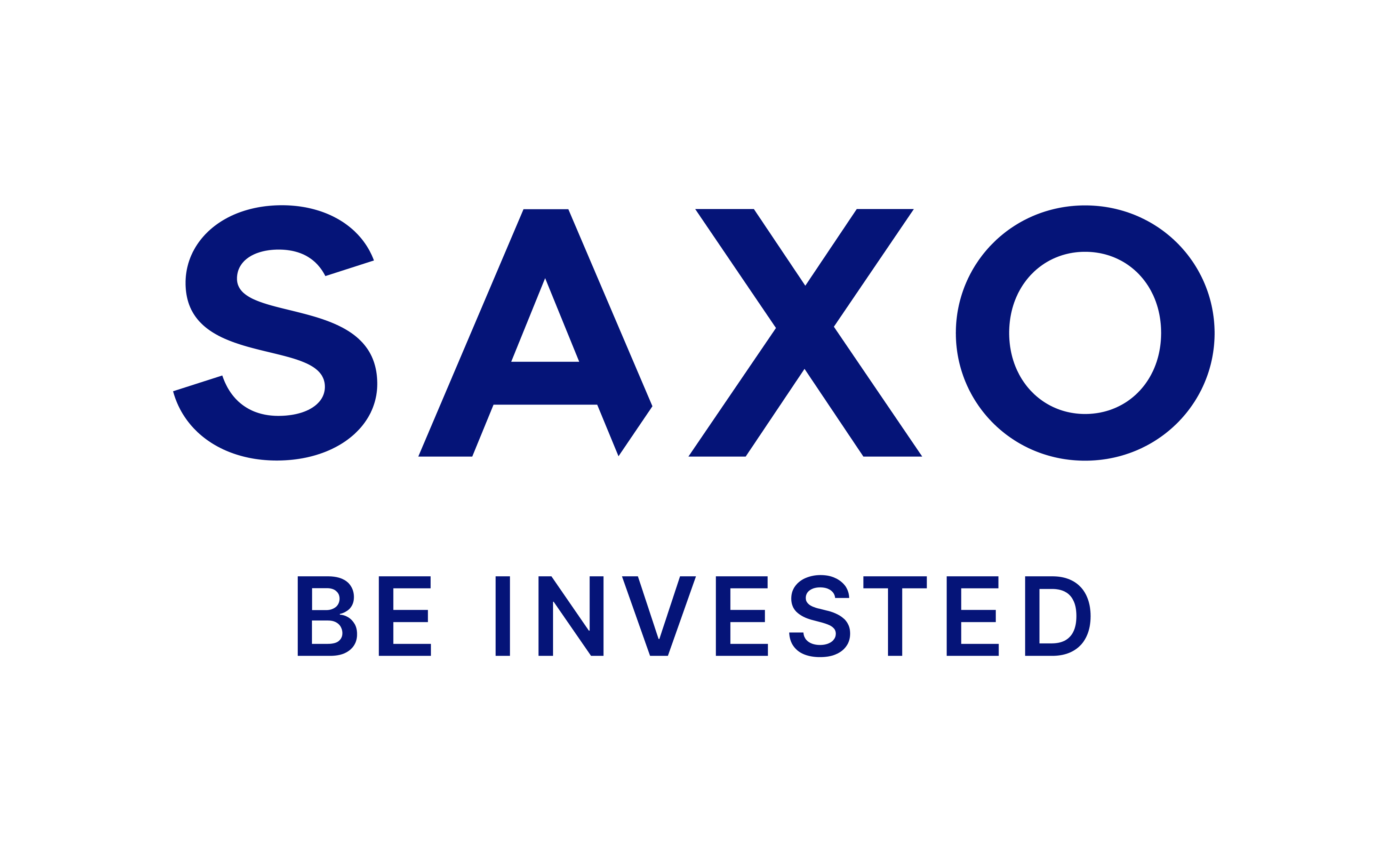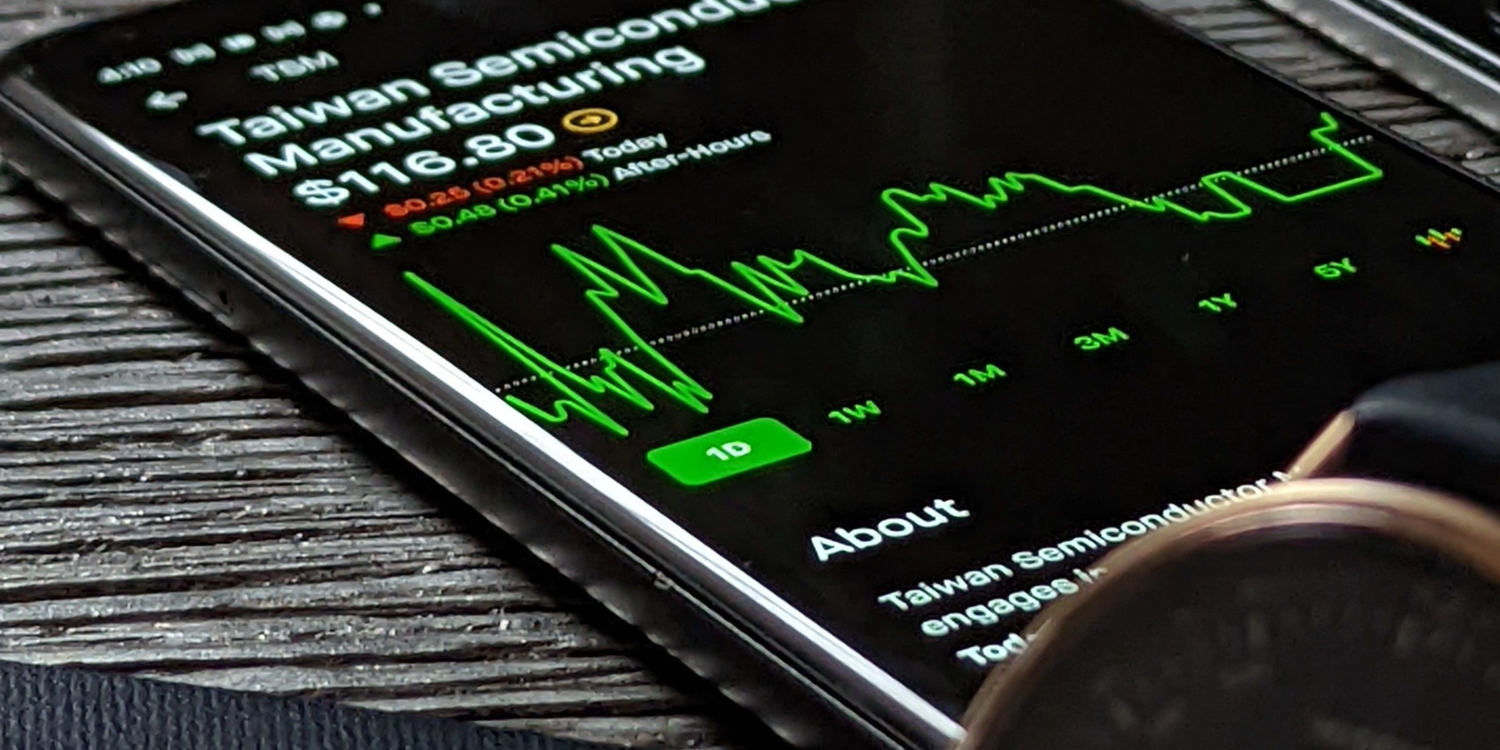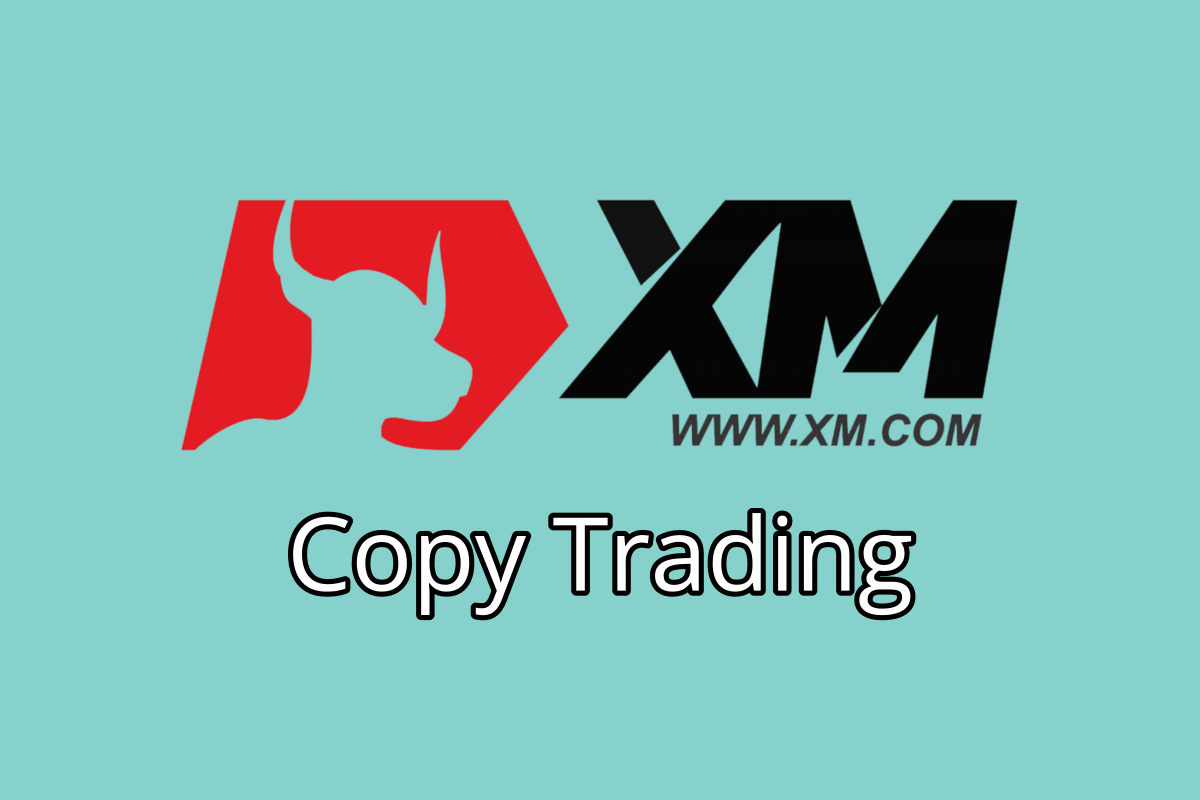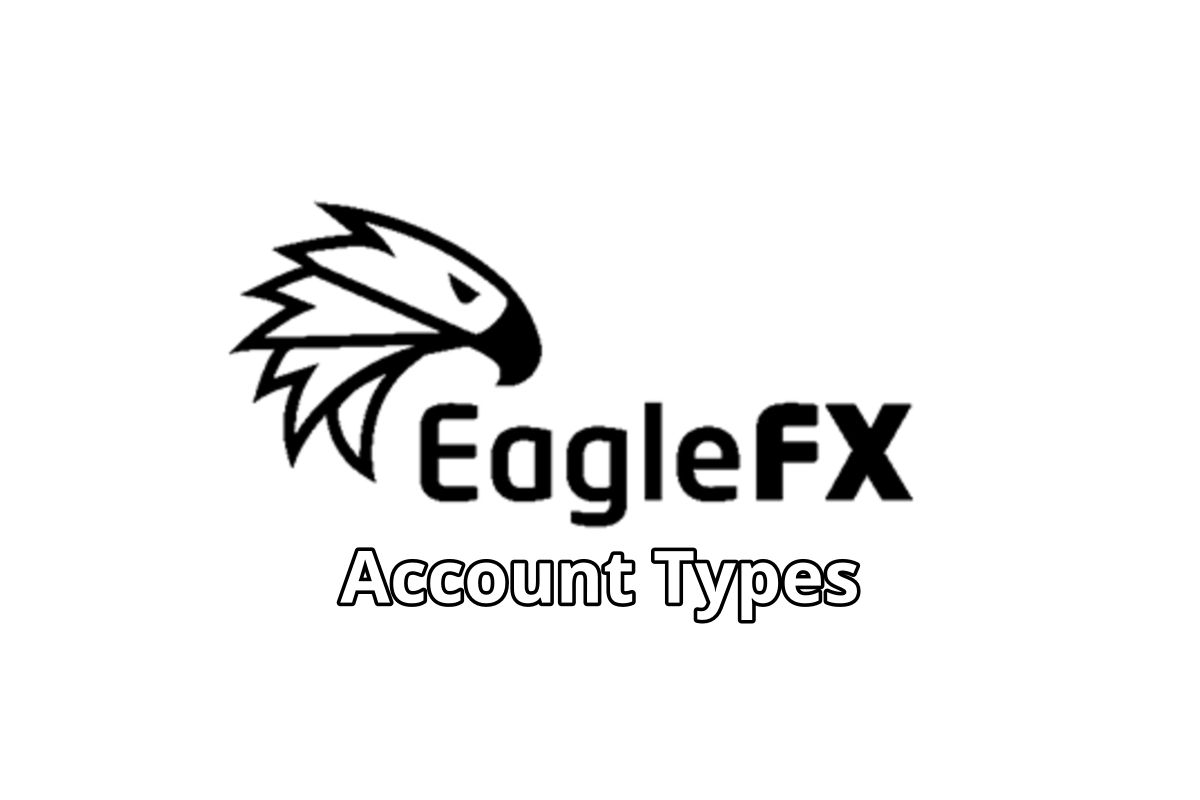Here’s how Forex scams work and how to avoid them
Table of contents
Getting started in a foreign exchange market is a challenging endeavor. You need to prepare a lot of things before you actually start trading currencies, and finding a reliable Forex broker is certainly one of those things.
The Forex broker scams have become way too frequent these days, unfortunately. They mimic the characteristics of the legit brokerage firms, be it in their regulations, software support, or trading features, and try to lure as many new clients as possible. And their ultimate end goal is to steal money from them.
It goes without saying that you need to steer clear of such brokers, if granted, you value your financial safety. And in order for you to do that, we have prepared this in-depth guide that will help you spot scammers from miles away.
In this guide, we’ll explain everything from different types of Forex scammers to the ways they use to mask their fraudulent schemes. So, make sure to read it carefully and learn everything about scam brokers.

Forex market scams – What are they?
When starting your career as a Forex trader, one of the first challenges you’ll face is finding a trustworthy service provider, i.e. a Forex broker. It’s no less critical than trading under low commission rates and ultra-fast execution speeds. In fact, a broker of your choice will determine how safely you can execute trades in the market.
If you invest your time and effort in this task, you’ll find a reliable Forex broker that puts your financial security first. But unfortunately, the market is full of fraudulent entities whose only goal is to extort as much money from their clients as possible.
How scammers try to copy legit brokers
Usually, how Forex scams work is that they try to mimic the fundamental characteristics of a reliable brokerage. This is exactly what we’ll explore in the next section.
Forex broker regulations
Arguably the most important aspect that makes a broker reliable is its regulation. And it’s pretty much the first thing scammers try to copy from such brokers.
In Forex, there are two types of governmental regulations: Top-tier and low-tier. Some of the most popular top-tier regulators include:
- Financial Conduct Authority (FCA) from the UK
- Cyprus Securities and Exchange Commission (CySEC)
- Australian Securities and Investments Commission (ASIC)
- Federal Financial Supervisory Authority (BaFin) from Germany

There are, of course, many other top-tier regulators from the European and American jurisdictions, but the one thing that unites them all is the level of security they offer. Under their supervision, it’s pretty much impossible for Forex trading scams to function the way they intend to. If they’re spotted to be plotting against their customers, they’ll face severe repercussions.
So, it’s clear scam brokers cannot actually use such regulators to mask their schemes. How do they act then? There are two possible ways: they can either claim to own a top-tier license without any specific proof, which means they don’t actually interact with the said regulator; or opt for a low-tier regulator.
The second route seems to be what most of the scam brokers take. They showcase these low-tier regulations on their platforms in an effort to hide their fraudulent nature. And who are those regulators? Well, anyone from a third-world country is pretty much a low-tier regulator, including:
- St. Vincent and Grenadines Financial Services Authority (SVGFSA)
- Financial Services Authority (FSA) of Seychelles
- International Financial Services Commission (IFSC) of Belize
And many more. So, pretty much all brokers from the Forex scams list ‘register’ under the supervision of these regulators to keep doing what they want. And the reason for that is pretty simple:
A regulator from a third-world country doesn’t really have that much political or economic prowess to monitor all of the broker’s actions, especially if it’s an international broker. And considering there are hundreds, sometimes even thousands, of subjects claiming to be under their supervision, these regulators set them free to do whatever they want altogether.
Trade with a regulated Forex broker – XM
Trading terms and conditions
Besides mimicking regulation, scam brokers also try to offer as compelling trading terms and conditions as possible. And that is to paint the picture of lucrative trades in the eyes of their prospective clients.
One of the easiest and most popular features to ‘fake’ is leverage. It is a feature that lets you increase your initial trading funds considerably without spending too much money from your wallet. In short, it seems and sounds exactly like a feature that trading Forex online scams would use to their advantage.
What they do is they bloat their maximum leverage rates to ridiculous levels, which, at a glance, seems overly lucrative to traders. For instance, an average scam broker will offer at least 1:500 leverage on their website, which, if you understand this feature accurately, is just ridiculous.
What a 1:500 leverage rate means is that if you deposit 100 USD on your account, you’ll actually be able to open a trade that’s worth 50,000 USD. Pretty impressive, right? But whenever you see an offering like this, you need to ask yourself: how and why does the broker offer this amount of money from its own budget? Is it all benevolent to its clients?
Definitely not! More often than not, leverage this big is just a placeholder and not the actual feature. Under this Forex traders scams framework, the broker will have tons of prerequisites to actually using a high leverage rate, which ultimately renders this feature useless.
Alternatively, you might actually be able to use that leverage in your trades. However, the broker might be doing requotes against you, i.e. opening the exact opposite positions of your trades. This way, they can further maximize their profit based on your losses.
Then there’s a whole other issue of commission charges on scam platforms. These brokers know that many beginner traders are fascinated by ridiculously low commission rates they find on suspicious platforms, and based on that, they further increase the appeal of their terms and conditions.
Now, while it’s pretty common to see Forex brokers eliminate pretty much all other fees and leave just spreads, Forex investment scams go even further by offering 0 spreads to their clients.
But regardless of how lucrative this might sound, you should take a step back and see the bigger picture: every brokerage firm is ultimately a business that needs funds to operate. And the majority of their funds comes from commission charges.
When a broker claims it doesn’t charge commissions at all, it means one of two things: either a broker is lying to you and it secretly forces you to pay certain fees or it does tell the truth but is expecting to extort the money from you in fraudulent ways. Because, once again, it needs financial support to keep operating.
Therefore, you’d rather find a broker that has certain commission levels but at least it’s honest about it. That way, you’ll know exactly what you’re paying for and will have a clear-cut direction of how to avoid Forex scams.
Software features with Forex scams explained
Lastly, let’s talk about how Forex scammers set up their platforms, as well as other software-related features.
When it comes to the brokers’ websites, we can easily say that scammers and legit brokers are more often indistinguishable than not. Scammers have drastically improved their methodology in creating catchy and appealing websites, whether it’s because of the design choices they make or the trading features they put on them.
Generally, a sleek and modern-looking website is a go-to trading environment for the users. And while pretty much all trustworthy brokers are following this trend, many Forex group scams are also catching up. They feature simplistic websites that are seemingly stacked with information about the existing trading terms and conditions.
As for the information itself, we have already noted that while scammers might boast with ultra-high leverage and low/non-existent commissions, you should take every piece of information with a grain of salt. It’s a good practice to be suspicious when you come across trading features that seem too good to be true, because, more often than not, they are.
Then there’s a whole other issue with payment methods. It goes without saying that you need to make transactions via secure and trusted channels, but even if you’re using a popular provider like Neteller or Skrill, Forex scammers can still find ways to undermine your payments.
Particularly dangerous in that sense are cryptocurrencies. Sure, they’re mostly hacker-proof, but when it comes to a financial scheme, being hacked isn’t a problem; rather, it’s being convinced to pay for a scam. Therefore, when you’re using a completely anonymous platform for a transaction, it becomes even more difficult to retrieve your money.
Moving on, let’s take a look at what place trading platforms take in Forex scams. Generally, there are two types of platforms that you come across in Forex: universal and proprietary. Universal platforms include MetaTrader 4, MetaTrader 5, cTrader, Ninja Trader, etc. whereas proprietary platforms are anything that brokers themselves put out.
Now, a platform itself cannot suggest whether a broker is a scam or not, although, it can certainly affect how certain Forex scam types operate. For example, a scammer can better utilize the anonymity of a proprietary platform; there’s no global traders base that can monitor the platform and detect any kind of suspicious activity there, whereas the famous platforms like MT4 and cTrader have huge user bases that do just that.
So, if it’s possible, you’d better choose a broker that has a universal platform like the ones we’ve listed above. Besides, these are considered the best platforms to use because of their trading tools and features, so why not prefer them anyway?
Final thoughts on how to avoid getting scammed trading Forex
Finding the right broker for your trading needs is as important as acquiring proper knowledge about Forex. Unfortunately, there are way too many Forex scammers lurking in the market, waiting for you to make a mistake and rob you of your hard-earned money.
As we have discussed in this guide on how to spot a Forex scam and avoid it, the very first thing you need to do is check the broker’s regulation. More often than not, it can tell you whether the broker is trustworthy or not.
But regulation isn’t the only area where scammers can be spotted. Their trading terms and conditions can also give them away. For example, if you see a broker that has extremely high leverage rates and very low commission charges, the chances of it being a scammer are pretty high.
So, if you want to avoid scams and choose a reliable broker, our guide is all you need!






















Comments (0 comment(s))